Spell Spotlight examines D&D’s best, worst, and most interesting spells, giving you the tools you need to play a spellcaster who knows exactly what they’re doing. Today, we’re looking at an iconic spell that can unwind the mysteries of figures of legend, mythic magic items, and places of long-forgotten power: legend lore! Available to bards, clerics, wizards, and warlocks of the Undying patron, this spell is useful for characters that want to delve deep into a campaign’s lore, figure out cryptic puzzles in ancient dungeons, or learn the powers of magic items they’ve uncovered.
For Dungeon Masters, this spell can be scary when first deployed by your players. How do you improvise all that lore? How much information to give? How can you say it in a suitably cryptic manner? Let this installment of Spell Spotlight set your fears to rest.

What is Legend Lore?
Legend lore is a 5th-level divination spell that becomes available to a number of different spellcasting classes as most D&D characters emerge from being local heroes to adventurers known across the land. It allows characters capable of casting it to flood their mind with legends of any person, place, or object that they name. This lore can stretch from modern rumors to long-lost myths—at the Dungeon Master’s discretion.
As an incredibly open-ended spell, it can be a tough one for DMs to adjudicate—and thus, a risky one for players to use. A 5th-level spell slot is quite powerful, and spending it only to get a paltry rumor can lead to a disappointed spellcaster. Thus, the DM must perform a difficult balancing act whenever the players use it: how do you deliver enough information to make your players feel like their investment was worth their while, without giving so much that you drain your campaign setting of all mystery?
Adjudicating Legend Lore for Dungeon Masters
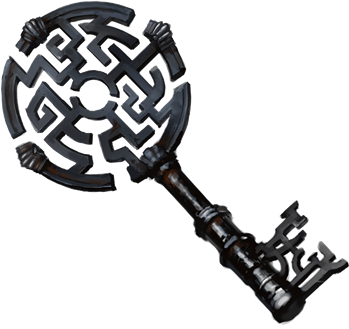 If you feel like this spell will ruin your campaign’s plot, you’re far from alone. Sometimes the best part of a long-term D&D campaign is doling out little bits of cryptic lore at the end of each dungeon, slowly giving the players all the pieces to a vast puzzle that sits at the heart of the main villain’s plot. A wizard who casts of legend lore and names your main villain, or the location of their world-ending ritual, or their mythical weapon (and so on) could feel like the players trying to snip the Gordian knot of your plot.
If you feel like this spell will ruin your campaign’s plot, you’re far from alone. Sometimes the best part of a long-term D&D campaign is doling out little bits of cryptic lore at the end of each dungeon, slowly giving the players all the pieces to a vast puzzle that sits at the heart of the main villain’s plot. A wizard who casts of legend lore and names your main villain, or the location of their world-ending ritual, or their mythical weapon (and so on) could feel like the players trying to snip the Gordian knot of your plot.
But this doesn’t have to be the case! The amount of information a character can learn from a single casting of this spell is ultimately left up to the Dungeon Master, though the spell vaguely suggests the character learns “a brief summary of the significant lore about the thing [they] named. The lore might consist of current tales, forgotten stories, or even secret lore that has never been widely known.” If you’re concerned that this spell will drain the mystique from your game world, don’t be. In fact, rejoice! The fact that your players are using this spell at all means they care about your world!
If you want more guidance, we can take inspiration from the rules of previous editions of Dungeons and Dragons. For aid, we turn to two older versions of the spell: its original printing in the AD&D 1st edition Player’s Handbook, as well as the text of the spell from the 3rd edition Player’s Handbook. Both versions contain useful bits of information that you can use as guidance, or discard in favor of your own ruling.
One way of keeping the lid tight on your information is to make this spell harder to cast if the characters have precious little starting information, and make it easier to cast if they have a wealth of knowledge or a direct connection to the legendary character, location, or item that they’re trying to learn more about. In AD&D, legend lore had the following text:
“If the person or thing is at hand, or if the wizard is in the place in question, the likelihood of the spell producing results is far greater and the casting time is only 1d4 turns. If only detailed information on the person, place, or thing is known, casting time is 1d10 days. If only rumors are known, casting time is 2d6 weeks. During the casting, the wizard cannot engage in activities other than the routine: eating, sleeping, etc.”
This can turn using legend lore into something of a downtime activity, which a wizard can do while other party members are crafting magic items, building strongholds, or sowing rumors (see chapter 6 of the Dungeon Master’s Guide for more information on downtime activities).
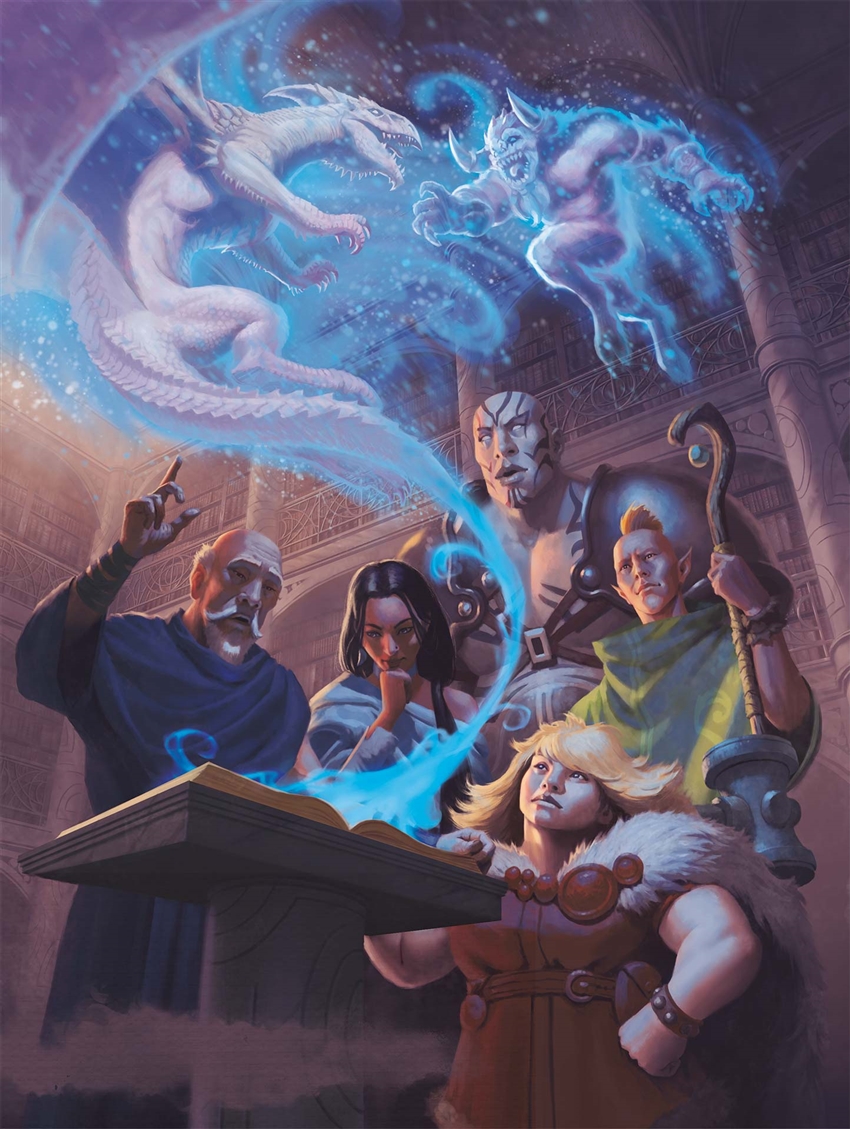
How to Deliver Lore on the Fly
More often than not, the challenge in running this spell is not having enough information prepared—or if you do have a detailed legendarium for the character, location, or item in question, then figuring out what information is most salient. There are two main reasons why improvising a response to this spell is tough. First, just like divination, the clerical equivalent to this spell, the spell encourages you to speak in riddles or cryptic hints. Improvising fantastical-yet-still-informational phrases is ridiculously hard, even more seasoned Dungeon Masters!
The second issue is easier to resolve with this rule of thumb. Try breaking your answer into three separate phrases. The first two phrases impart information that’s more like trivia or fun facts, and the final phrase tells the characters one piece of information that’s desperately important to their goals. (Or, if they’re using legend lore to learn about a non-plot critical character, location, or item, then make that final piece of information the most dramatic or enticing bit of lore.) The trivia doesn’t even need to be relevant; all it needs to do is provide a sense of grandeur and history. The most important thing this spell can do is encourage your players to seek out greater knowledge and possibly point them in the right direction to discover it, not answer all their questions.
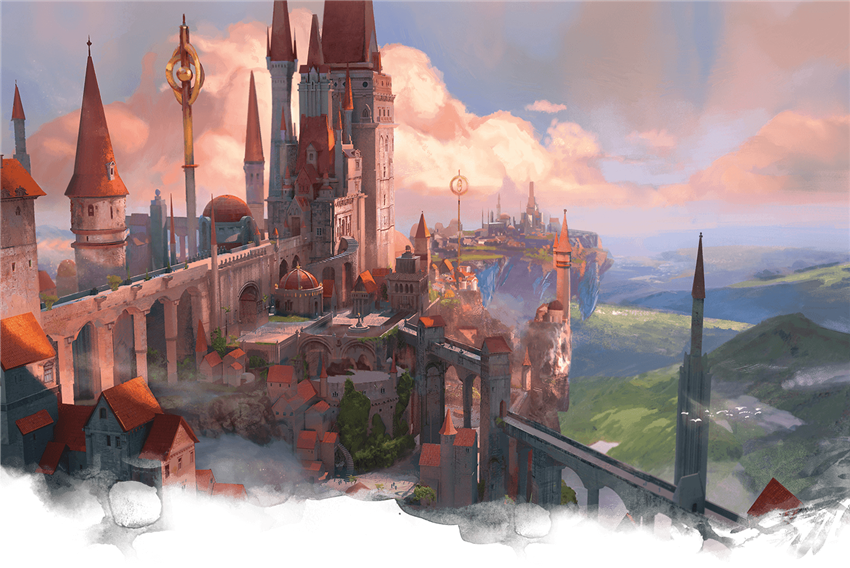
What Lore Counts As Legendary?
One way to stymie characters that overuse legend lore is to strictly define what lore counts as legendary. This is only vaguely defined in the spell’s current iteration, but in 3rd edition, legend lore contained this text, which clarified what was and wasn’t capable of being a legend: “characters who are 11th level and higher are “legendary,” as are the sorts of creatures they contend with, the major magic items they wield, and the places where they perform their key deeds.”
This information is a good rule of thumb, but be careful not to get too bogged down by its level requirement. If you want there to be a legend of a simple peasant who won back a long-lost queen’s treasure by defeating a red dragon wyrmling in a contest of wits, don’t worry that neither the peasant nor the dragon nor the contest were the stuff of 11th level characters! The only thing that truly matters when deciding whether or not a deed is legendary is if it is passed down from generation to generation, through song, or text, or oral tradition. Some legends die out over the ages, but that doesn’t change the fact that those deeds were, once, legendary.
Do you have any questions about legend lore that you want answered? Let us know in the comments! And also let us know about other spells you’d like to see covered next on Spell Spotlight!
Create A Brand-New Adventurer Acquire New Powers and Adventures Browse All Your D&D Content
 James Haeck is the lead writer for D&D Beyond, the co-author of Waterdeep: Dragon Heist, Baldur's Gate: Descent into Avernus, and the Critical Role Explorer's Guide to Wildemount, a member of the Guild Adepts, and a freelance writer for Wizards of the Coast, the D&D Adventurers League, and other RPG companies. He lives in Seattle, Washington with his fiancée Hannah and their animal companions Mei and Marzipan. You can find him wasting time on Twitter at @jamesjhaeck.
James Haeck is the lead writer for D&D Beyond, the co-author of Waterdeep: Dragon Heist, Baldur's Gate: Descent into Avernus, and the Critical Role Explorer's Guide to Wildemount, a member of the Guild Adepts, and a freelance writer for Wizards of the Coast, the D&D Adventurers League, and other RPG companies. He lives in Seattle, Washington with his fiancée Hannah and their animal companions Mei and Marzipan. You can find him wasting time on Twitter at @jamesjhaeck.








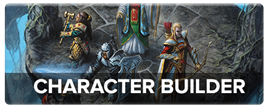
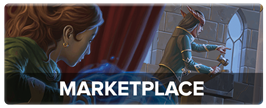

-
View User Profile
-
Send Message
Posted Oct 16, 2020Nice. This is an underappreciated spell. The hardest part about using it is thinking of lyrical, medieval-sounding lore for your players to discover...
-
View User Profile
-
Send Message
Posted Oct 16, 2020I feel like there should be like a "cast at higher levels" for this spell, and the higher level you cast, the more information you get. So like a 5th level cast might not give you much information, but a 9th level cast would give you almost all the information
-
View User Profile
-
Send Message
Posted Oct 16, 2020Thanks! Can you do Nystul's magic aura or Arcanists magic aura next?
-
View User Profile
-
Send Message
Posted Oct 16, 2020Yay!!!!!!!!!!!!!! Another spell spotlight!!!!!!!
-
View User Profile
-
Send Message
Posted Oct 16, 2020Great article, this is a very useful spell that I had just skipped over before(although I don't play many high-level spellcasters)
-
View User Profile
-
Send Message
Posted Oct 16, 2020Wow i had to stop my players casting that spell without a warning first. They used it 5 times in a row and i had to search through all my lore that i written down over the past years. Its kinda awesome sharing your worldbuilding but i need some prep time.
-
View User Profile
-
Send Message
Posted Oct 17, 2020I once had it cast on me as a player - cue panic attack! A newer player cast Legend Lore on my wizard who I had played from Level 1 to 17 and got turned into a NPC for being too powerful... The DM left it to me to answer so I spent a full day writing out her Legend Lore page for them containing the entire prior campaign - which covered 60 years and 3 years in the real world. I wrote up her wikipedia page as her downtime included maintaining historical records as she wanted to be known as a famous wizard!
-
View User Profile
-
Send Message
Posted Oct 17, 2020One thing to note about this spell is that the information it conjures is lore, as opposed to fact. Stories and legends that are passed down from generation to generation are not always accurate, even when based on real events—some details get omitted, others exaggerated. As DM, then, you are not bound to give the literal truth to a caster of this spell. The answers you give should be based in truth, don’t get me wrong, but always bear in mind that legends and history are not one and the same.
-
View User Profile
-
Send Message
Posted Oct 17, 2020I love this spell and it’s a crying shame it’s not used more. Personally, I like to use it as a more powerful version of identify.
-
View User Profile
-
Send Message
Posted Oct 17, 2020When Covid blows over (a bold assumption, I know), my DM gave me permission to run Descent into Avernus, and if players don't cast Divination or Legend Lore, I'll be very disappointed. I even homebrewed a magic item that could cast Divination for them, albeit with a long recharge time.
-
View User Profile
-
Send Message
Posted Oct 17, 2020Legend lore is awesome, legend lore is fun
Legend lore will not reveal who holds the smoking gun.
-
View User Profile
-
Send Message
Posted Oct 17, 2020no se
-
View User Profile
-
Send Message
Posted Oct 17, 2020I like the idea of giving the spell a gradient like the teleport or scry spells, where your familiarity with the subject will determine the odds of getting useful information from the spell. Casting Legend Lore about Brian the Bard, without specifying WHICH Brian, might result in correct but irrelevant information about some other guy called Brian-who-is-a-Bard. Casting about a person/thing/location you are both familiar with and have an item from however, might earn you a tale about the Litch King's beloved pet Mittens, the loss of which drove him to begin the study of necromancy.
I think a direct cribbing of the Scry success table would work handily.
-
View User Profile
-
Send Message
Posted Oct 17, 2020As a DM I when players use this spell I use it as a hook to either get them into an adventure, or give them an option for a future adventure. For the folks that were saying their players were casting it too much, maybe you should give them something to do so they just don't sit there and cast legend lore over and over.
-
View User Profile
-
Send Message
Posted Oct 17, 2020This introduces a very cool concept of casting times being listed in downtime days. Some spells are really great for advancing plot, and while the design that is in place seems like it would be too tricky to go back and build this in, that definitely could have increased down time days to be more relevant.
-
View User Profile
-
Send Message
Posted Oct 17, 2020When will there be another Encounter of the Week? They were really great articles, but I haven't seen any in a while. Also, great article!
-
View User Profile
-
Send Message
Posted Oct 17, 2020Awesome as always, James.
People don't use Legend Lore very much because of its expensive material component, forgetting about it, and it is accessible at higher levels.
A scroll of Legend Lore would be the perfect thing for a low-level party or for a party that you're worried may not reach a high level.
-
View User Profile
-
Send Message
Posted Oct 17, 2020I really like content oriented to specific spells like this! Amazing!
-
View User Profile
-
Send Message
Posted Oct 18, 2020Always appreciate these articles - thank you! This was a spell my level 10-11 players are now making use of, so it was a good read, offering reassurance.
-
View User Profile
-
Send Message
Posted Oct 18, 2020Thanks for the tips! I'd love to see a Spell Spotlight that highlights some of the creative things Artificers can do with their curated spell list, especially with it being reprinted in Tasha's Cauldron of Everything!